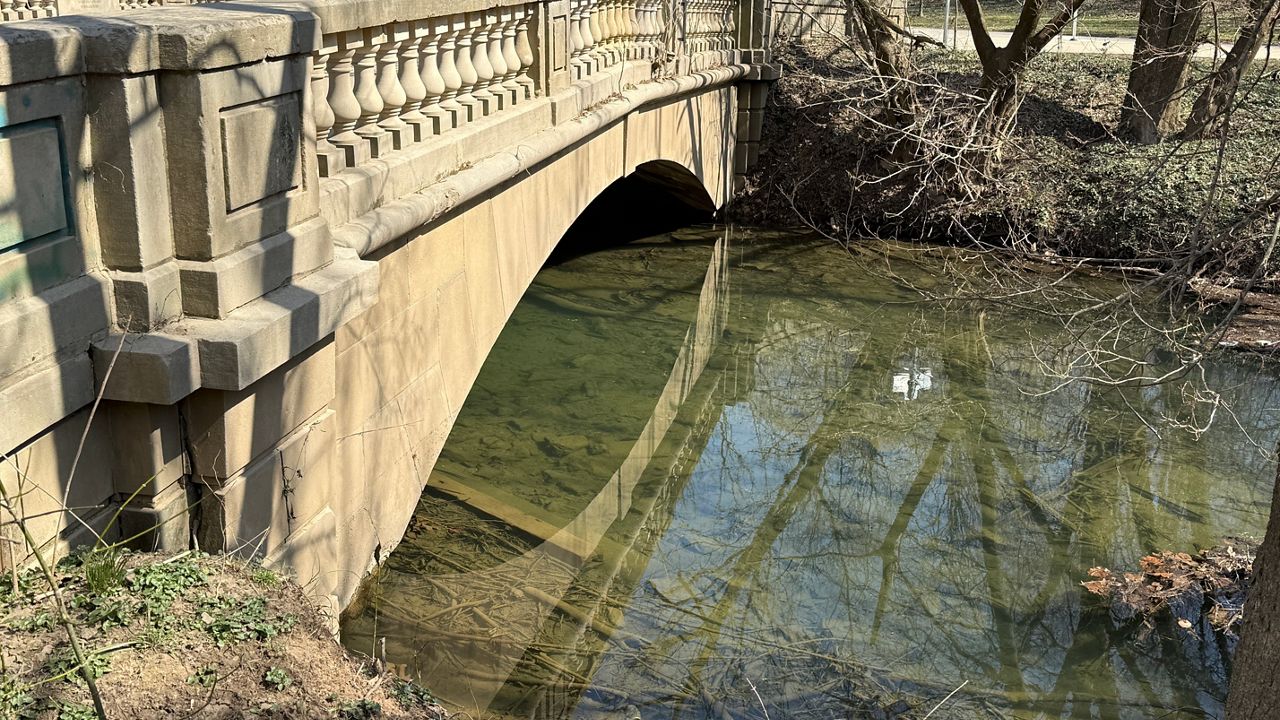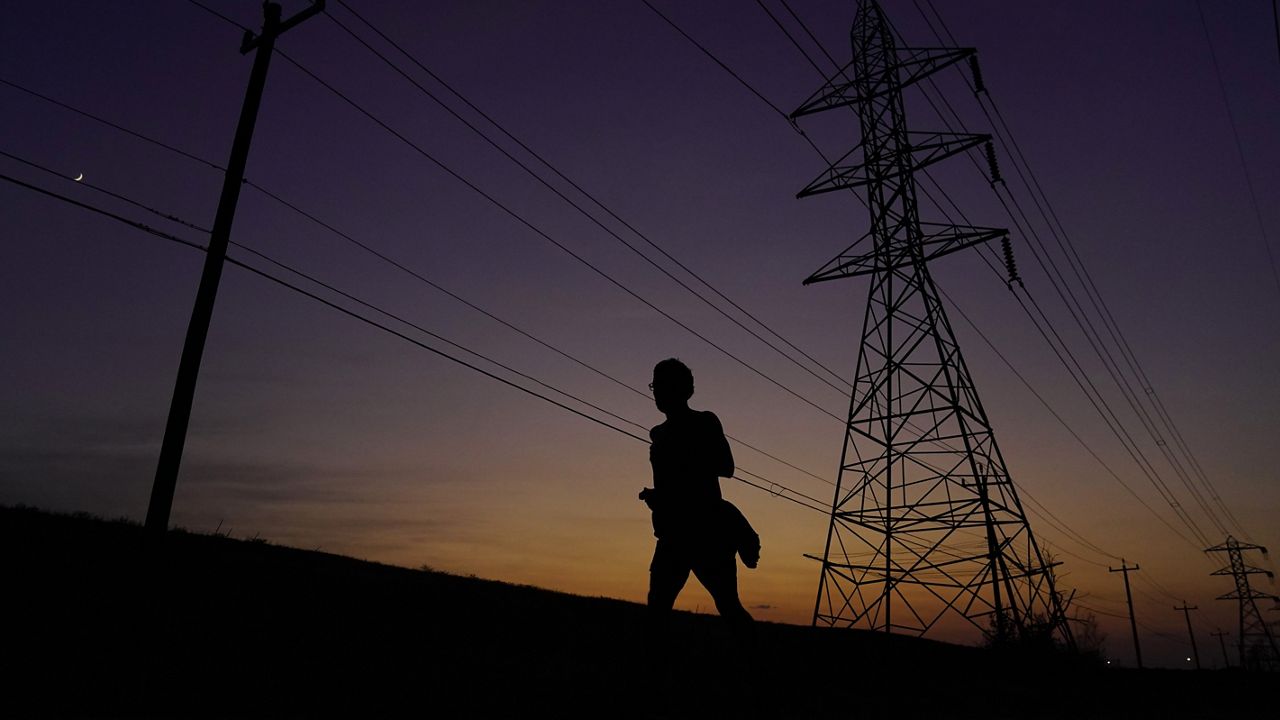MANHATTAN BEACH, Calif. — Earlier this week, the Intergovernmental panel on Climate Change released new data and a report warning that global warming has reached a tipping point.
What You Need To Know
- If greenhouse gas emissions are not curbed, global sea levels could rise by 1.5 feet
- There has already been a significant erosion in certain areas along the California coastline.
- To combat some of the erosion already occurring and ideally prevent further erosion in the future, environmentalists in California are looking to sand dunes
- California’s naturally occurring sand dunes have been cleared away for years to create flat sandy beaches along the coast
The IPCC warns we cannot keep global warming to 1.5 degrees Celsius if major changes are not made to greenhouse gas emissions. Across the globe, one major threat is the rising ocean. If greenhouse gas emissions are not curbed, global sea levels could rise by 1.5 feet.
There has already been a significant erosion in certain areas along the California coastline.
To combat some of the erosion already occurring and ideally prevent further erosion in the future, environmentalists in California are looking to sand dunes. California’s naturally occurring sand dunes have been cleared away for years to create flat sandy beaches along the coast.
The Bay Foundation, a nonprofit that works to restore and protect The Santa Monica Bay, has been working to reestablish dunes along the coastline in partnership with the LA County Department of Beaches and Harbors.
On a recent Friday afternoon, Chris Enyart, Watershed Program Manager at The Bay Foundation, was overseeing a group of volunteers in Manhattan Beach all working to plant native dune species like Beach Evening Primrose, Beach Burr, Golden Yarrow and Sand Verbena.
The volunteers were also working alongside LA Conservation Corps members.
“What we are really hoping to do is recreate this vital habitat, not just as refuge for wildlife and other species, but also to increase costal resilience,” Enyart said.
Dunes build up over time, and can create elevation along the coast line, adding another barrier to a rising tide. Dunes can also be more effective than man-made barriers.
“A flatter beach is more vulnerable to things like sea level rise, there are current management actions, things like temporary berms or sea walls. But I think sea walls have been seen to exacerbate erosion in some cases,” Enyart said.
The environmental sustainability manager for Manhattan Beach, Dana Murray, was among the volunteers planting native species.
“Right now, our average beach width in Manhattan Beach is about 400 ft. By the end of the century experts predict it will about 200 ft,” she said.
Enyart and the team at The Bay Foundation know that reestablishing the dunes is possible, because they’ve already done it. In late 2016, approximately three acres of land was fenced off in Santa Monica close to the Annenberg Community Beach House. The results have been overwhelmingly positive.
While walking along the Santa Monica Dunes, Enyart pointed out how much they’ve developed over the past five years.
“We just wanted to put out some sand fences to help restrict grooming activities, and throw out some native seeds to see what would happen. We’ve found over the five years that the site has flourished with native vegetation,” said Enyart.
Some areas of the Santa Monica dune system have grown by close to a meter in height. There have also been sightings of native bird species nesting in the area, like the Snowy Plover.
The Bay Foundation is already working on restoring other dune systems along the coast, including one in Malibu, and an additional area may be planted in Santa Monica.
“If you give the natives room to grow, you just have to give them the space and they do their thing,” Enyart said.











